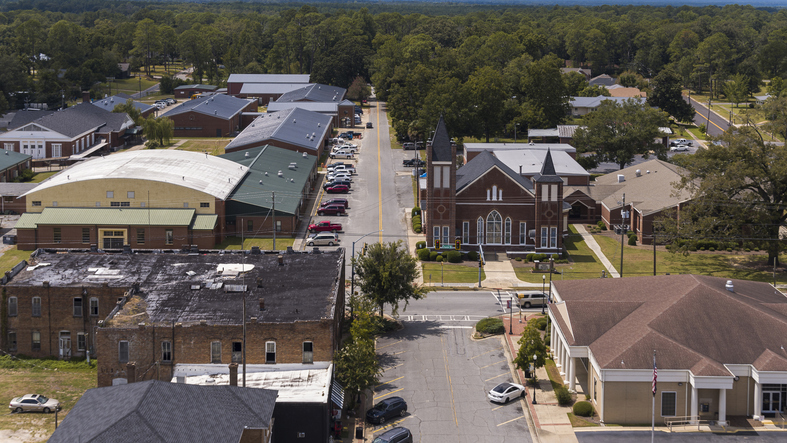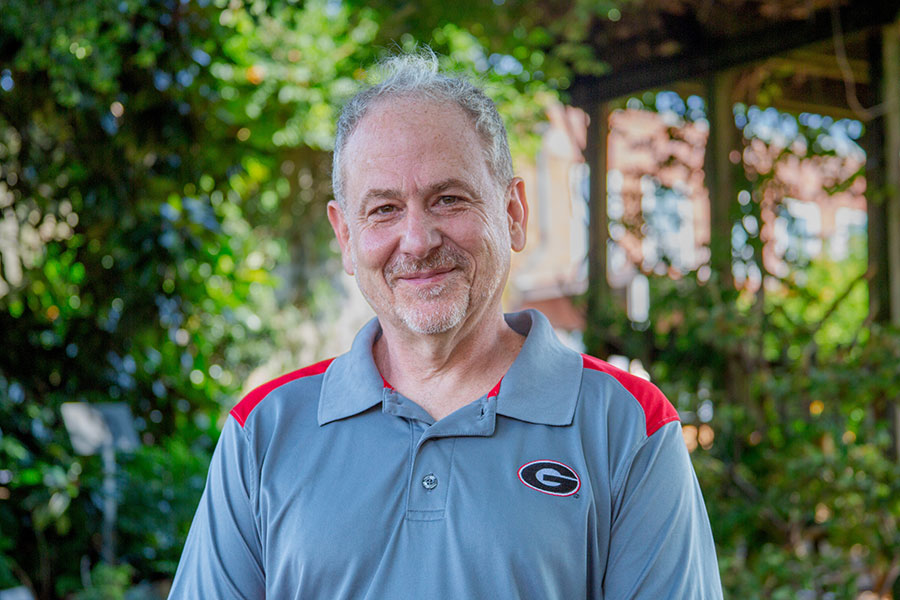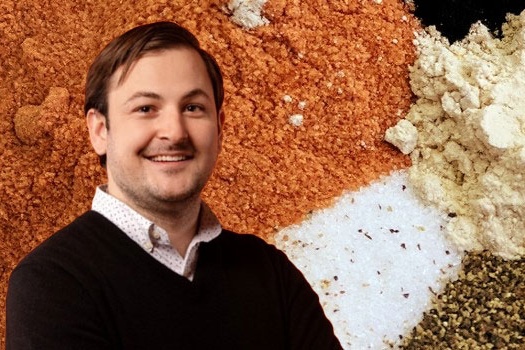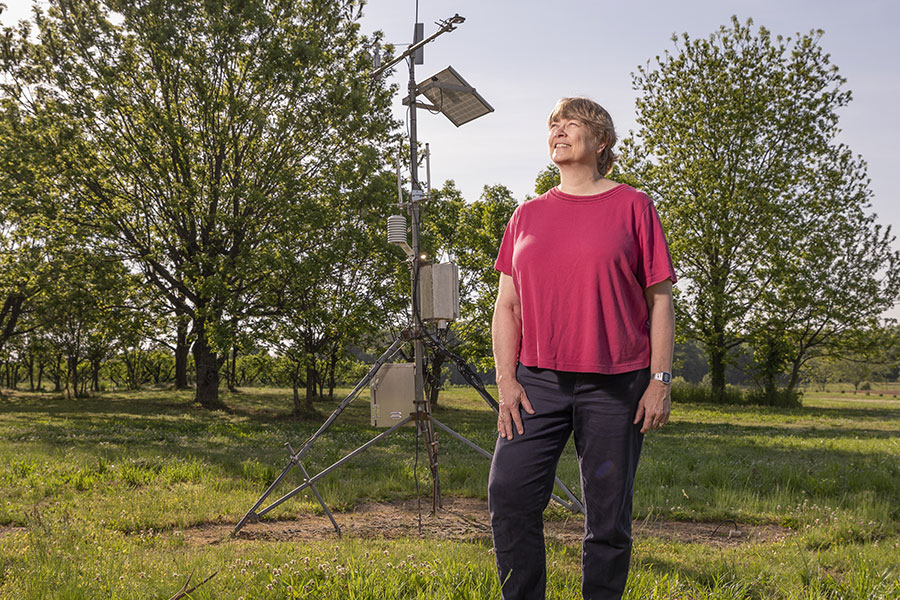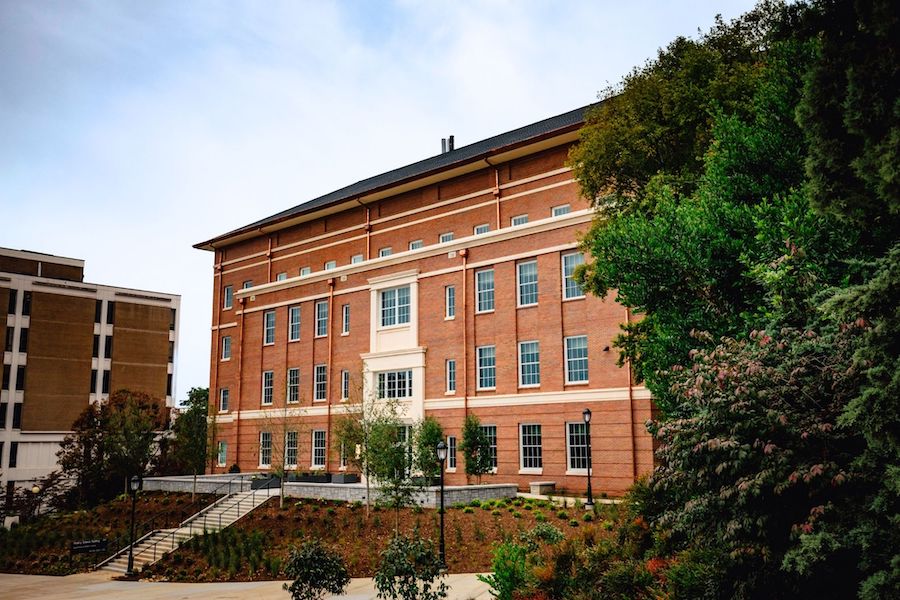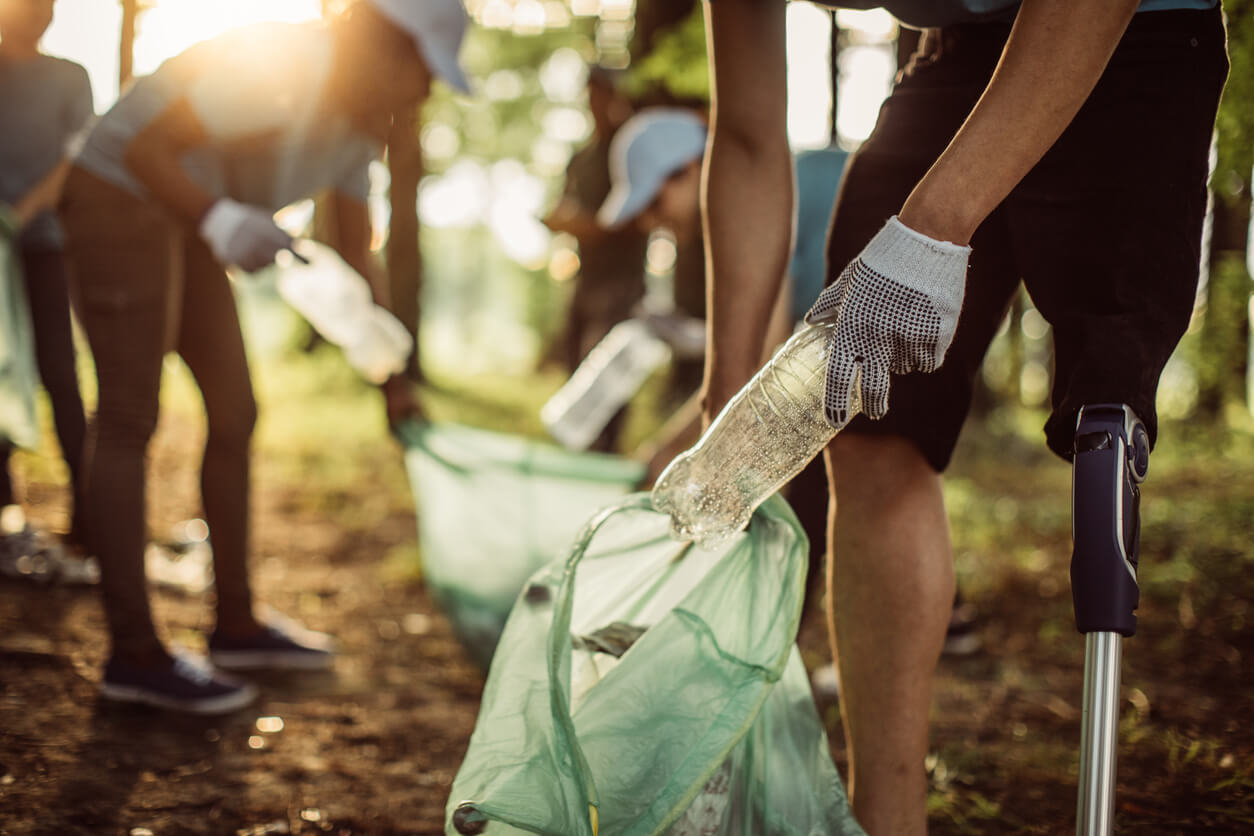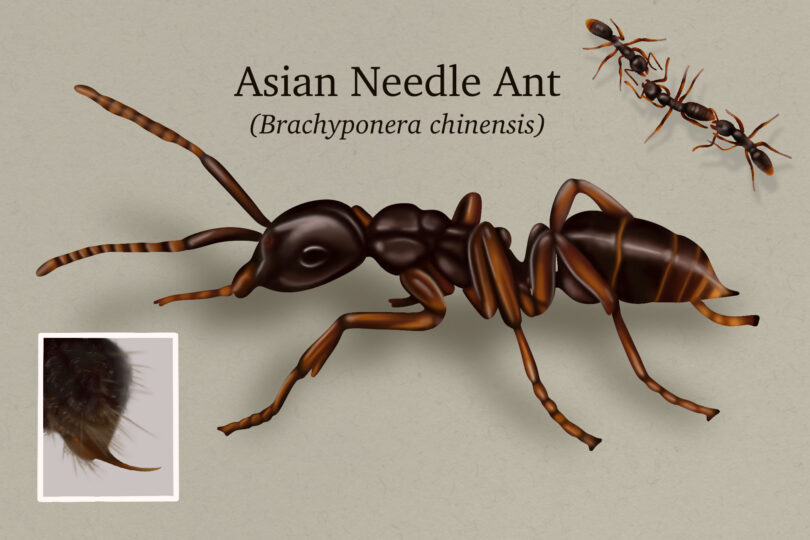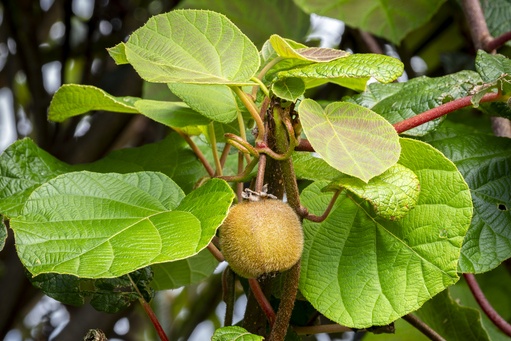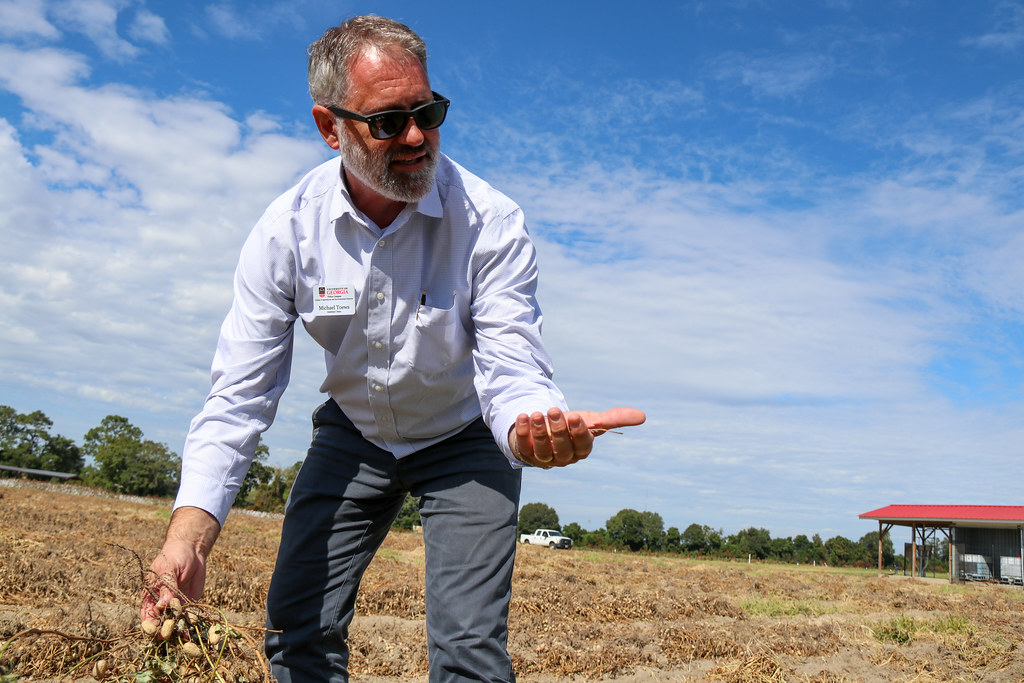 CAES News
CAES News
$5M Hospitality Gift
The Delta Air Lines Foundation has committed $5 million to the University of Georgia Hospitality and Food Industry Management program, which is housed in the College of Agricultural and Environmental Sciences. A leader in the hospitality and travel sector, Delta’s commitment to investing in communities and enhancing the student experience at UGA will make an impact on the industry for years to come.

